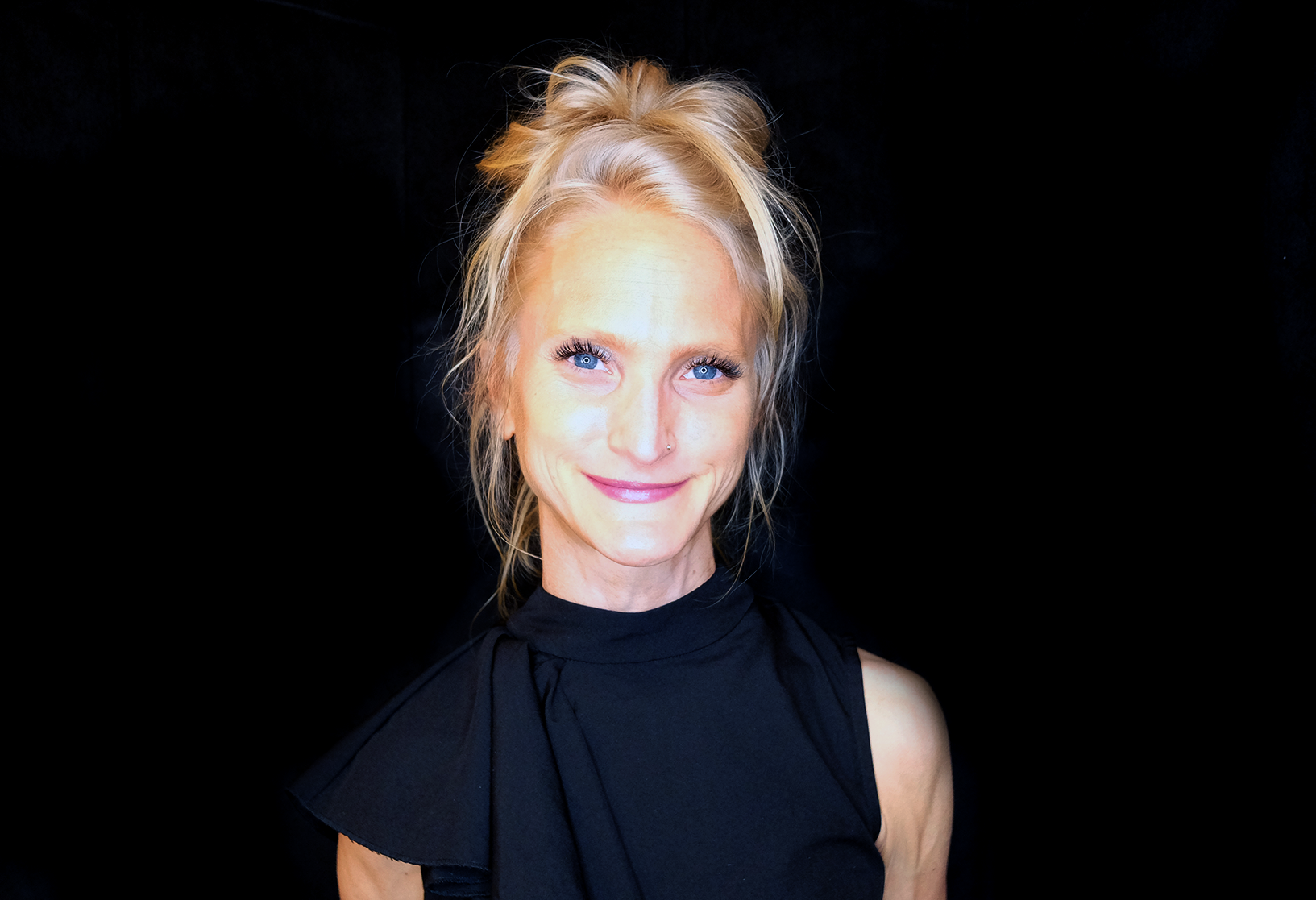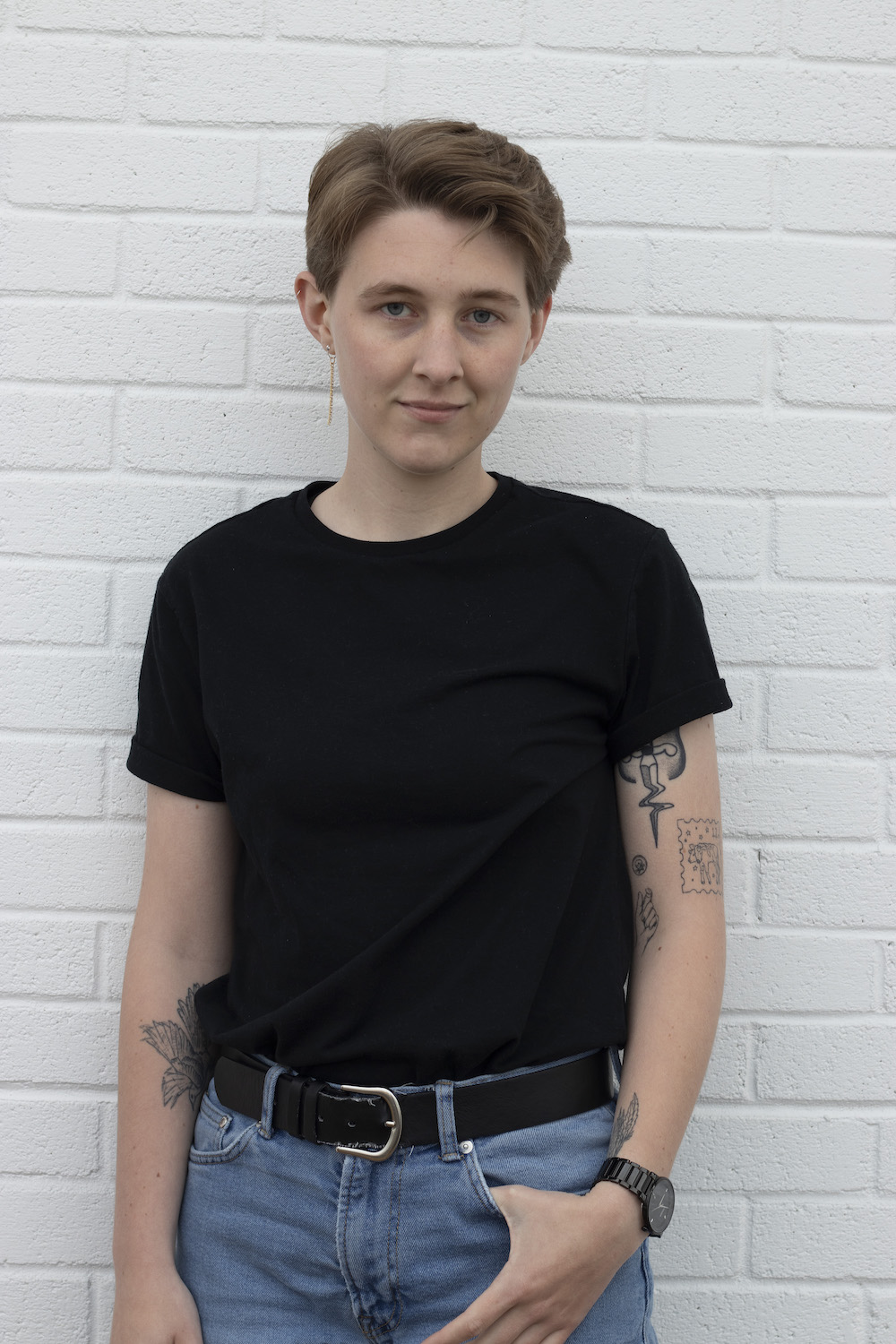Often when someone stops producing their podcast, it’s because they’ve reassessed their priorities and moved on to other things — they’ve podfaded, as it’s called. But many podcasts are designed to only run for a certain number of episodes with a specific end in mind. In that case, you’re still very invested in the show even though you’re no longer making it.
But that poses a challenge: How the heck do you market it if you don’t have new episodes coming out?
This is something I get asked all the time. In fact, often people will reach out to me after they’ve dropped an entire podcast and ask for me to see how I can grow it, once it’s all live. This is a bit trickier — new podcasts are buzzy and podcast newsletters and apps are often more keen to feature them than a show that’s been established for a while. But just because your show is already out in the world doesn’t mean you can’t work your marketing skills!
I’m a fan of the podcast Party Crews: The Untold Story, a podcast about the party crew scene in LA in the ‘00s. Party Crews did something unique — they dropped all eight episodes in a single day. (They released two bonus episodes in the following two weeks.) Dropping all your episodes in a day is a great way to gather downloads in a short amount of time, but it’s tricky to keep that momentum going. I’m going to use Party Crews as a test case to see how I’d go about growing it, even though it hasn’t published an episode since March 28, 2023.
1. Start browsing the apps
Listening apps like Apple Podcasts and Spotify switch up their featured carousels all the time. You might be married to one app for your personal listening, but you should browse through them all once a week. See if there’s one that your podcast would fit into. For Party Crews, I’d search for true-crime podcasts, podcasts that tell diverse stories, personal documentaries, or the music scene. If there’s a carousel that fits, submit to be featured in that category.

2. Think themes
If your podcast happens to center around a theme that’s celebrated once a year, you should pitch it a month leading up to the event. If it’s a podcast featuring women’s stories, pitch before Women’s History Month (March). If it’s a dating podcast, submit before Valentine’s Day. If you’re a spooky or spooky-adjacent show, pitch for Halloween. Since Party Crews centers on Latinx youth, I’d make a reminder for myself to pitch in time for National Hispanic Heritage Month (September 15–October 15.)
3. Pitch newsletters
Here’s the portion of the lecture when I remind you to be subscribed to every podcast newsletter you can. Some podcast newsletters, like James Cridland’s PodNews, cover launches or podcasts that are in the headlines for something buzzy. But some podcast newsletters (like mine, Podcast the Newsletter, or Podstack) cover shows of all kinds. Feedback with EarBuds is a podcast and newsletter that features reader-generated podcast lists. That means anyone, including you, can submit to make a list and be featured. And you can include your own podcast in the mix! Someone at Party Crews could curate a list of podcasts about LA, or narrative shows that take place in the 00s.
Have a fiction podcast that’s ended? The End is a newsletter that features nothing but that. If your fiction show is totally over, pitch Evo for a chance to be featured. Even if you already pitched them, you might have found the writer at the wrong time. Try again, explain with a personal note why you think your show would be something their audience would like, and make sure to send them a link to your pod.link page (a website that gives everyone the correct user experience when they click on it.)
4. Think outside the box
My company Tink Media has a podcast recommendation hotline, 1-844-POD-AT-ME (1-844-763-2863) that features a podcast suggestion every day. Podcast fans call in to hear a show recommendation, but you can leave a voicemail with your own show (or a show you like). Recommend your show when you hear the beep. Tink collects these voicemails into podcast episodes and will use suggestions for a future POD-AT-ME day.

You could also teach others about your experience. You made a podcast! You’re an expert! Pitch yourself to any websites that produce editorial content, or try pitching yourself as an expert to podcasts about podcasting. Courney Kocak’s Podcast Bestie is the anti-gatekeeping podcast that raises the fog from podcast murkiness, and Courtney brings in guests who can share what they know with her listeners. Make a pitch convincing her you can teach The Besties something. You can talk about it and promote your show in the process. Party Crews could teach Besties about ethical true crime, researching a particular era, or they could follow all of these steps and talk about marketing a podcast once it’s ended!
5. Try a promo swap or feed swap
If you’ve been keeping up with my posts, you know the difference between a promo swap and a feed swap. A promo swap is when two shows do a 30-second (or so) promo for each other on their podcasts. A feed swap is when they swap files for an entire episode and drop the whole thing into their feed (with a brief description of the show and an explanation for why it’s there.)
Identify 10 podcasts that would be a good podcast friend for your show. Where is your audience? What podcasts do you like that are thematically similar? If you’re running dynamic ads, that means you can run ads in your old episodes. Reach out to your podcast friends and see if they could run ads for your show on theirs. Make sure you’d have enough inventory to return the favor. If you’re getting about 10K new downloads per week, you could set that swap to that number. You could go higher, just make sure you don’t promise downloads that you don’t think you’ll get.
If you want to do a feed swap, shoot for swapping with a show that’s larger than yours. They might not mind that they’ll be getting less in return — maybe you’re sending them something they know their audience will love, and they won’t mind that they’re sending more people your way. For each podcast you identify, think of the perfect episode of your show and email the creator to see if they’ll put it in their feed. (For Party Crews, it might be the first episode, since it sets up the story.) Let them know why their audience would like this particular show.
With promo swaps, people generally like to get the same number of downloads for each show’s promo. But feed swaps feel more like editorial content. If it’s a great episode, your podcast friend might not mind doing a feed swap with a smaller show because it’s a value add for their listeners.
You could tell the podcaster to take your episode out of their feed after 30, 60, or 100 days (whatever you want.) In return, put one of their episodes on your feed (give your podcast friend a suggestion or ask them to choose). You don’t want to schedule too many of these. So make sure they’re from a show that’s significantly larger than yours so they count.

6. Try a feed warmer
If you plan on publishing more episodes — or even if you don’t — you could consider running a feed warmer campaign. That’s a miniseries-like collection of episodes from other podcasts with audience overlap. Identify your podcast friends and for each, identify a podcast episode you think your audience would like and find one of your episodes that the other podcast listeners would enjoy. For a series like Party Crews, it might be the first episode.
Reach out to these podcasts and see if they would be willing to drop the episode into their feed. In return, you would drop an episode of their show into your feed. You might like to post a trailer for the miniseries, explaining that you’re taking time off (or have completed the series) but have selected podcast episodes you think they’ll like. You’ll increase your downloads with the new episodes (even though you didn’t make the episodes), revive the feed (keeping it “warm”), and market your podcast every time a listener of your partner podcast hears the episode of your show.
Remember that audience match is more important than size. I used Rephonic.com/graph and found that two podcasts that had audience overlap with Party Crews were The Girl in the Mustang and Filthy Ritual. I would reach out to those two shows and ask if they’d be willing to drop the first episode of Party Crews into their feed in exchange for putting one of their episodes into the Party Crews feed.
Marketing a podcast that’s already out can be tricky, but remember that you have something big going for you: you already have downloads and an audience you can use to barter. If you can also make the content buzzy, you have the best of both a new podcast and an established one.









































